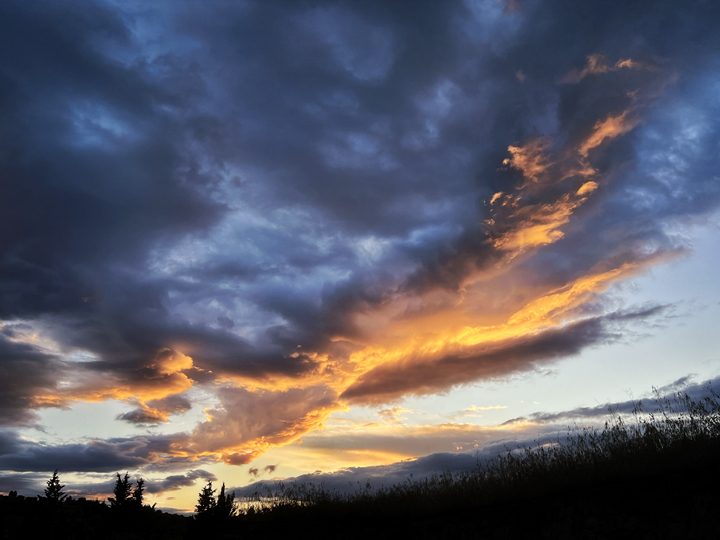
What’s a garrigue?
I live in the garrigue of southern France. If you stand on a Mediterranean beach near the city of Narbonne and move north, you’ll pass through flat and fertile river land before arriving in my regional garrigue. It’s a rough, rocky, hilly terrain that marks the transition from flat farmland to the low mountains of the Haute Languedoc region.
The garrigue is terribly difficult to farm, but people have been trying for a few thousand years. This land is hilly, dry and rocky. It used to be covered by forests, but those were chopped down, first by the Greeks (who arrived in the 6th century B.C.) and then by the Romans, who established Narbonne in 118 B.C. They all used a lot of wood, and entire forests were wiped out during this period.
Continue reading “June in the garrigue”
